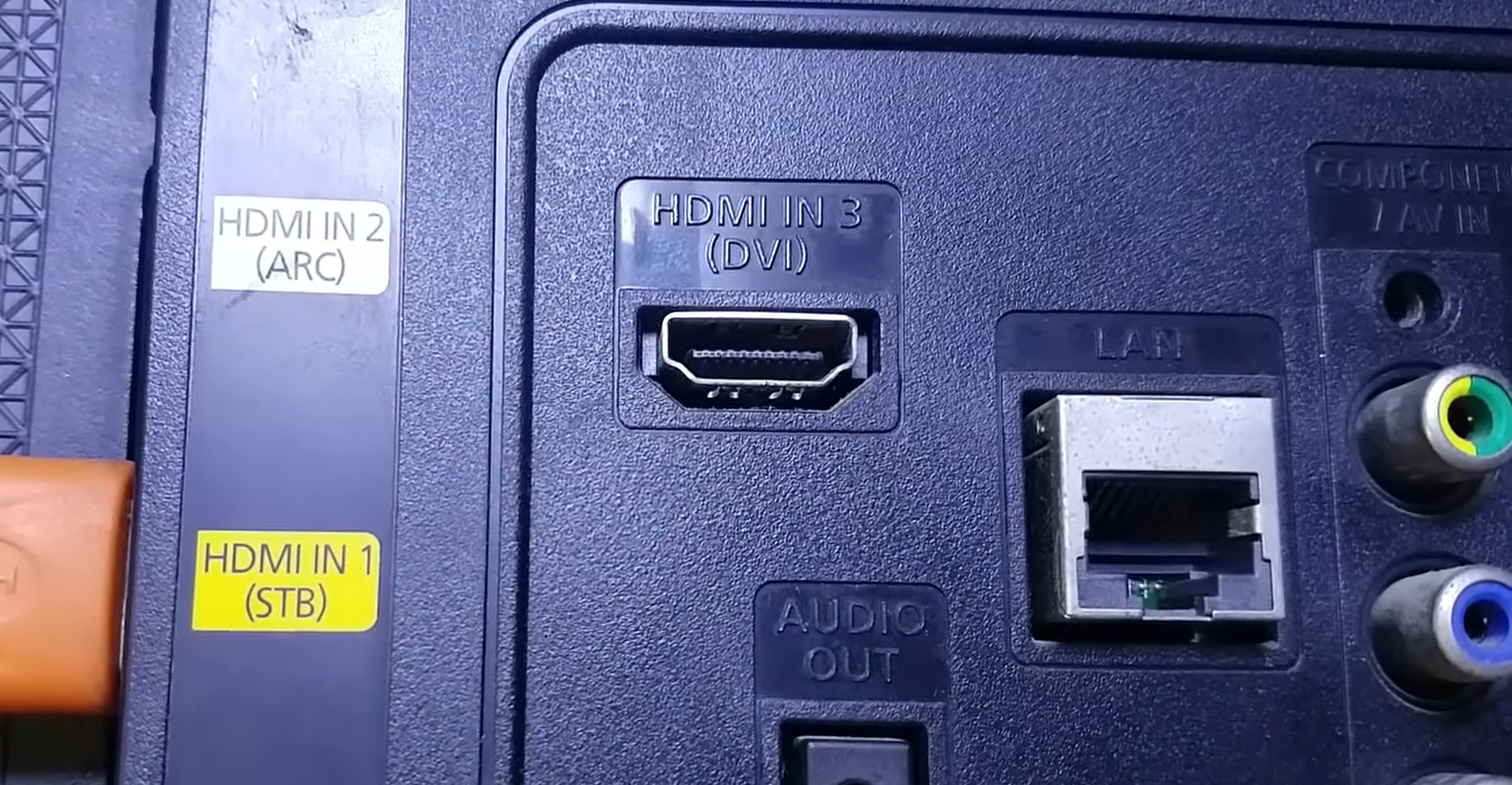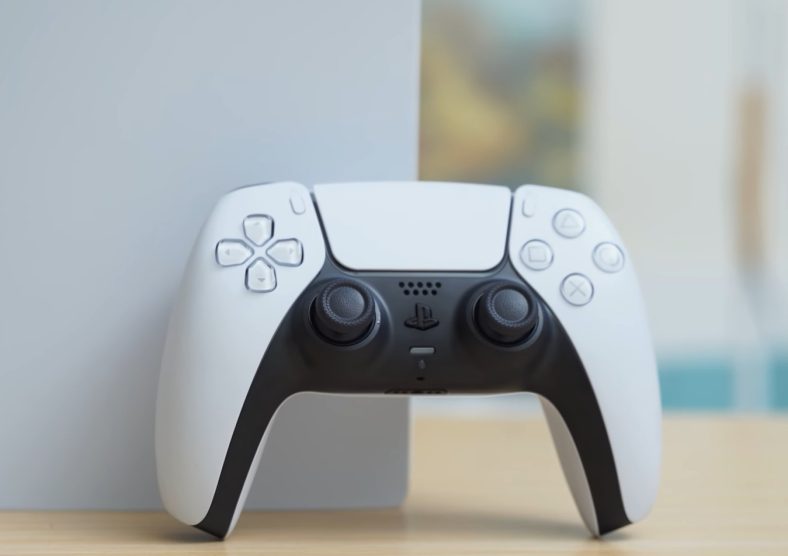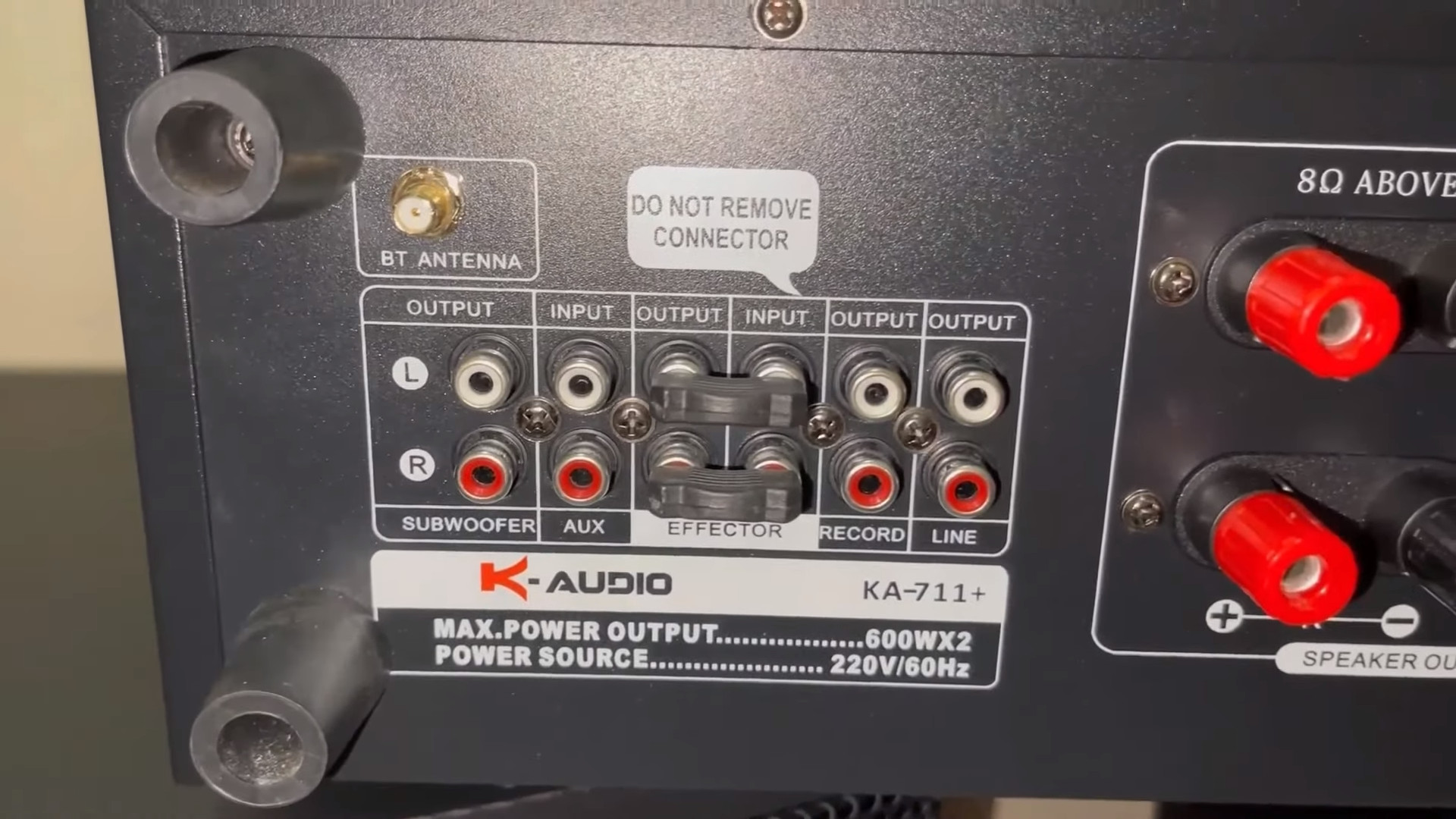
How To Measure A Subwoofer? (Easy Guide)
How to measure a subwoofer? You must know the size of the subwoofer to mount it or replace a new device in the closure. Or you may want to measure the subwoofer size to satisfy your curiosity.
Whatever the reason, measuring the subwoofers’ sizes is not an easy task for beginners. This post will give you detailed and simple instructions on measuring the subwoofers. Keep scrolling down, and I will show you!
Table of Contents
Subwoofer Sizes Overview
Though the size is often overlooked by users when selecting subwoofers, it does affect your user experience, installation, and home audio setup appearance.
The subwoofers come in various sizes, typically ranging from 8 inches to 20 inches (20cm to 50cm). In addition, they may feature different shapes, from cone, rectangular, to round.
Before mounting a subwoofer, you have to measure its size to design an enclosed space. Here are the aspects you should consider when measuring a subwoofer.
What Aspects Should You Measure On A Subwoofer?
Since subwoofers have various shapes and sizes, you have to follow a general rule to measure their size accurately.
There are three basic components that you can use to calculate the overall size of a subwoofer: mounting height, depth, and diameter. The diameter is the frame size of subwoofers without counting any mounting lugs.
The cutout diameters include the size of the frame and mounting lugs. The cutout diameters are critical when you measure the subwoofers to mount them.
The mounting height indicates the length or size of the stick-out part on a mounted subwoofer. If you choose a device with too low a mounting height, it will touch the wall or surface and decrease the sound quality.
Lastly, the mounting depth refers to the distance between your device and the enclosure. So that’s the basic measurement you should consider to set up a device properly. Now, let’s move on to measuring a subwoofer.

How To Measure A Subwoofer?
Here are the two main methods to measure a subwoofer. You will need a tape or a ruler to measure the mentioned aspects and diameters.
Then you can calculate a proper size for replacement based on these figures.
Measuring Subwoofer Dimensions
Step 1: Remove the driver from the enclosure.
The first step is to take your old subwoofer out of the mounting space or enclosure. Remember to unplug all the cables and turn the device down before taking it out to ensure your safety.
After you have disconnected all the wires, identify the mounting screws on the device. Use a screwdriver to remove the covers on the two sides of the device, then loosen and remove the screws.
Step 2: Read the mounting depth
After getting the subwoofer driver out, place its cone upward and use the ruler or tape to measure from the top to the bottom of the metallic flat frame.
Then the number read on the ruler is the mounting depth of your subwoofer.
Related:
– What is the LFE input?
–
Step 3: Read the device’s mounting height
Mounting height is the distance from the highest point of a subwoofer to its bottom. First, place the subwoofer in a position where the bass faces upward. Now use the ruler or tape and start from the device’s bottom.
Extend the tape or take the ruler to the plastic part or flat metal on the cone or mounting frame of the subwoofer. It should be the highest point of the device.
This figure helps you figure out the suitable height for the enclosure space and avoid damaging your device’s bass.
Step 4: Read the cut-out diameter
The last step is to measure the cut-out diameter, which is the diagonal size of your subwoofer. Now turn the device facing upside-down and stretch the tape or ruler between the two mounting holes.
This task is much easier if your woofer has a rounded shape. If it doesn’t, you have to measure all the sides and combine the numbers later.
If you need more detailed instructions, consider watching the video below.

Measuring Subwoofer Mounting Holes
The second method is to measure the mounting holes on subwoofers.
It also helps you figure out the size that suits the enclosure space if the two subwoofers feature a similar shape.
Step 1: put the measuring tape or ruler across the holes and read the distance between the two holes once at a time.
Step 2: For the holes that don’t have a round shape, you can measure each side’s cut-out diameter and the actual hole.
Step 3: After measuring the holes, insert your ruler into the box to measure the box depth, which is the distance between the cut-out edges and the bottom.
Step 4: Combining the figures to determine the suitable size of the new subwoofer. Ensure that the device can fit into your space and pattern.
Related:
– Free Air Subwoofer
– How may a subwoofer be connected to a receiver that lacks a subwoofer output?
The Common Sizes Of Subwoofers
There are four common subwoofers types: 8 inches, 10 inches, 12 inches, and 15 inches. While the 8 and 10-inch subwoofers come with lighter weights, the 12-inch and above feature heavyweight.
The 8 and 10-inch categories commonly have small frames and a compact design. They are ideal for small rooms and home audio systems or tight spaces.
Meanwhile, the 12-inch and 15-inch subwoofers are more space-consuming. In exchange for the large size and heavy weight, they feature a more powerful driver and better audio performance.
For example, an 8-inch subwoofer has at least 300 watts in power and a maximum of 1200 watts. Meanwhile, a large 15-inch sub can range between 600 and 5000 watts in power.

FAQS
The information in this section gives you more insights into the subwoofer’s sizes and helps you make a better purchase decision.
Is A 10 Or 12-Inch Sub Better?
The advantages of the 10-in sub lie in its compact design and lightweight. If you want a device with decent bass, performance, and audio quality, it can fulfill all your basic needs.
Meanwhile, the 12-inch sub is ideal for large rooms with a robust home audio system. It brings a higher bass response and more powerful sounds.
Related: How to make a soundbar louder?
What Size Subwoofer Is Best For Bass?
The ideal choice for regular users is a 12-inch sub. This category features a blend between performance and utility. It possesses a medium size, suitable for various spaces but still delivers a satisfying listening experience.
What Makes A Subwoofer Hit Harder?
You can pair the subwoofer with an amplifier to enhance its power and get more robust audio or hit. This device increases the power output of your sub and enhances its overall performance.
Are 3 Subwoofers Better Than 2?
In general, 3 subwoofers give better sound quality than two. It can handle the bass response better and reduce the burden on the other two. However, more subs mean that your amp has to work harder and can get damaged.
Are 8-Inch Subs Worth It?
8-inch subs are the most compact and light subs on the market.
They are convenient to carry around and can fit in small spaces, bringing users more comfort in the usage process.
They use much less power than the larger categories. Though their performance is not as excellent as the larger types, the 8-inch subs are still worth buying.
Final Thoughts
I hope that this post can help you measure the subwoofer size easily. Just follow each step carefully, and you’ll find it’s just a piece of cake.
If you have any unanswered questions, feel free to ask me in the comment section. Thank you for reading!





